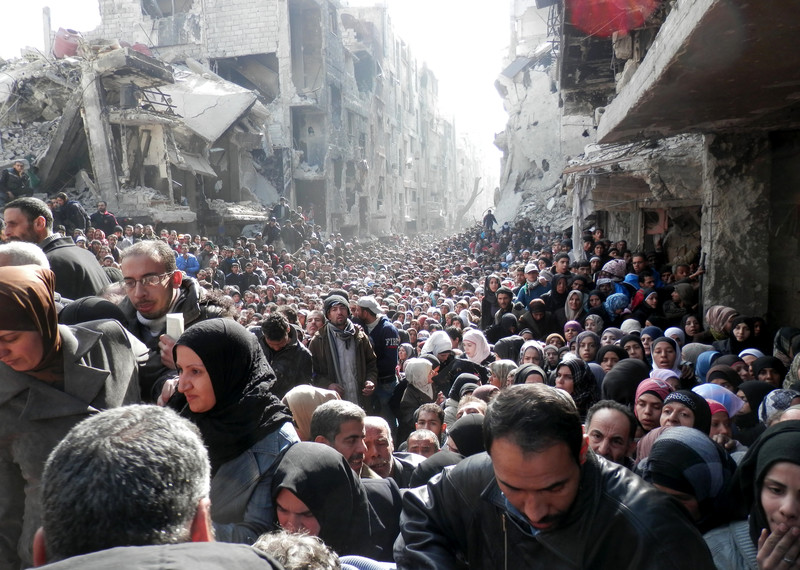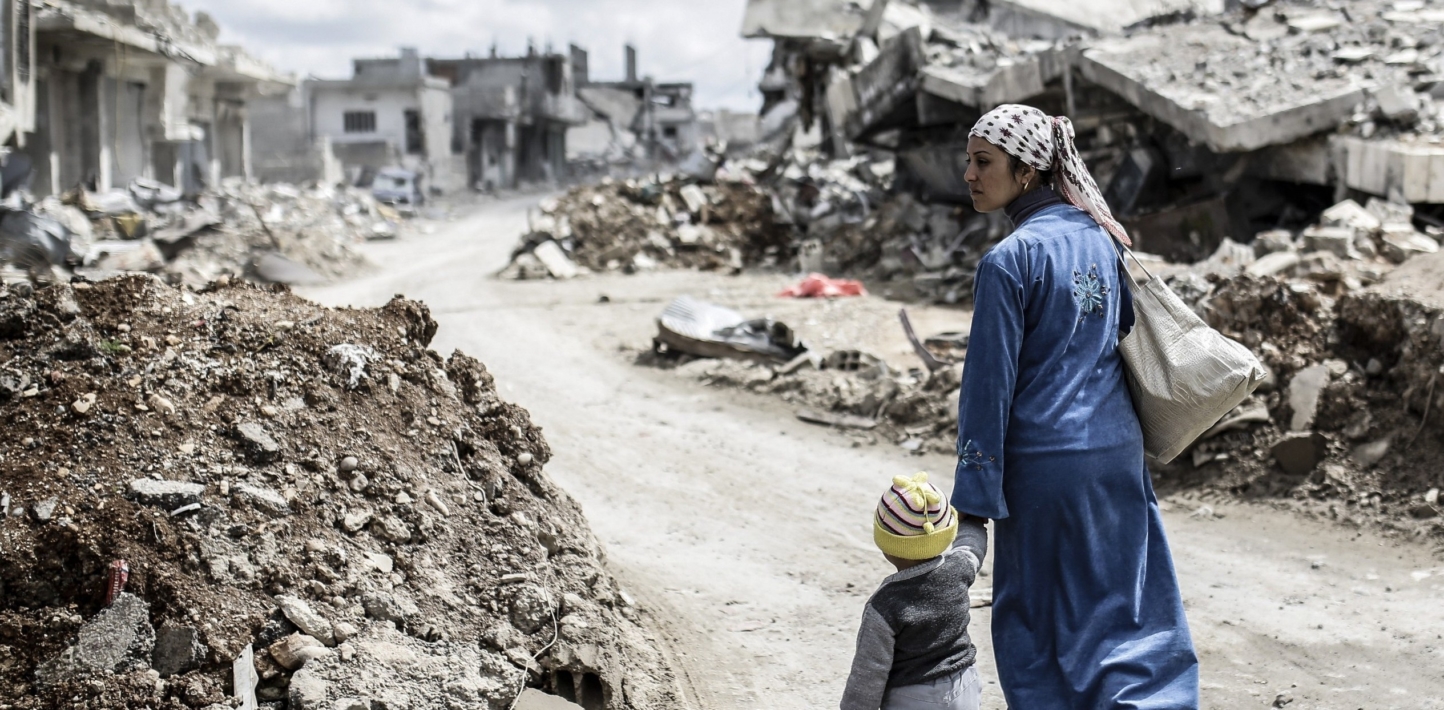A horrifying catalogue of human rights abuses including war crimes and crimes against humanity have overwhelmed Syria over the past five years causing human suffering on a vast scale, said Amnesty International, marking the five-year anniversary of the start of anti-government protests in the country on 15 March 2011.
“The five years since the uprising in Syria first began have been marred by horror and bloodshed on a colossal scale. From the moment that Syrian government forces first opened fire on peaceful protesters, brutality and civilian suffering have been the tragic hallmarks of this crisis,” said Salil Shetty, Secretary General of Amnesty International.
“Government forces have brazenly committed crimes against humanity through the use of appalling strategies such as relentless barrel bomb attacks on civilian areas, a campaign of mass disappearances and systematic, industrial-scale torture. Some armed groups, particularly IS, have exploited the international media spotlight to cynically broadcast their own war crimes, such as the abduction and summary killing of Syrian and foreign civilians.”
Here is a reminder of five key moments that saw the crisis in Syria go from bad to worse over the past five years:
• On 18 March 2011, three days after the start of the uprising Syrian government forces opened fire on peaceful protesters in the southern city of Dera’a, using live ammunition against demonstrators demanding the release of boys arrested and tortured for anti-government graffiti. This marked a bloody turning point, and was a precursor to the widespread use of lethal force by government forces to suppress peaceful protests, which eventually evolved into a full-blown armed conflict.
• Video footage showing civilians suffering from the effects of a chemical weapons attack in Eastern Ghouta, east of Damascus in August 2013 shocked the world, acting as a wake-up call to the horrific and cruel nature of the abuses being committed in Syria. Sadly, this was just the tip of the iceberg. Across Syria, civilians continued to be killed on a daily basis often in far greater numbers in attacks using both other banned weapons such as cluster munitions and regular bombs, missiles and mortars. However, for years the UN Security Council dragged its feet, with member states failing to unite to refer the situation in Syria to the Prosecutor of the International Criminal Court and Russia and China in particular blocking several resolutions on the protection of civilians using veto powers.
Government forces and non-state armed groups, including the one calling itself the Islamic State (IS), have displayed a callous indifference to human rights
Salil Shetty, Secretary General of Amnesty International
• The surreal images of crowds of besieged civilians queuing for aid parcels in Yarmouk on the outskirts of Damascus in January 2014 brought to life the tragic reality that thousands of people trapped under siege across Syria were dying from lack of food and medical care. Beyond Yarmouk starvation has been used as a weapon of war by both government forces and armed groups in areas such as Moadamiya, Eastern Ghouta, Madaya and al-Fouaa. Today more than 400,000 people are under siege in 15 locations across Syria. Despite limited deliveries of aid to besieged areas as part of the ceasefire agreed in recent weeks, civilians are still at risk of starving to death and in desperate need of unfettered humanitarian aid.

• Harrowing photographs showing tortured, starved and burnt bodies, known as the “Caesar” torture photos, were smuggled out of Syria by a military defector and published in January 2014. These provided the strongest evidence yet of systematic torture and extrajudicial executions taking place inside government detention centres, opening the world’s eyes to the ruthless tactics used to punish those who dare to oppose the government of President Bashar al-Assad. Tens of thousands remain missing after being arrested by one of Syria’s various security and intelligence forces.
• Russia began its first air strikes in support of the Syrian government in September 2015, ostensibly targeting IS but mostly hitting areas under the control of armed opposition groups. Russia’s entry into the fray has led to intensive aerial bombardments, particularly in northern Syria, that have killed hundreds of civilians, including in attacks that appear to be war crimes. Most recently an offensive in the vicinity of Aleppo has seen Russian and Syrian warplanes bomb hospitals as part of its military strategy in flagrant violation of international law.
For more information or to show your support for Syria see the WithSyria page


